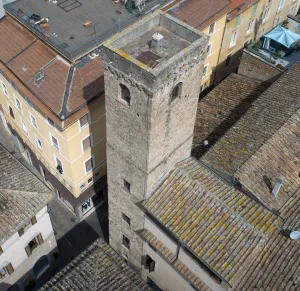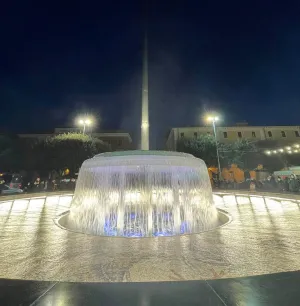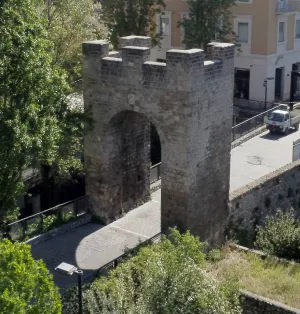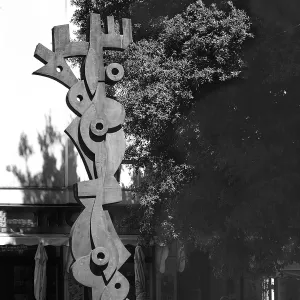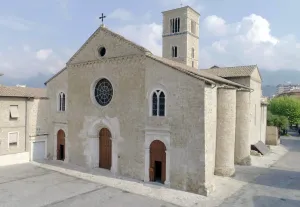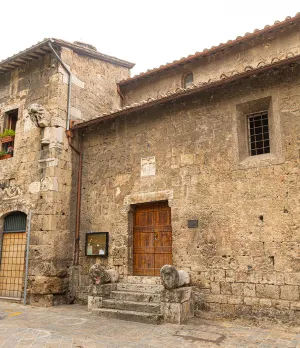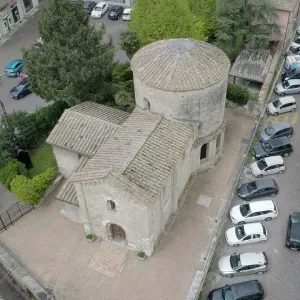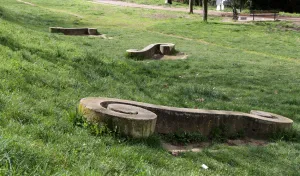Palazzo Primavera (Spring Palazzo)
Instead, it happens to be a building project carried out on a building complex originally dating back to the 16th century, which in turn was realised by demolishing the pre-existing Suffrage Oratory, used by the confraternity of the same name which hosted the "merchants". In 1548, the confraternity wanted to build a church dedicated to Santa Lucia, the patron saint of “merchants”, that is, farmers and traders who worked in public fairs, in place of the Oratory. From the very beginning, the church of Santa Lucia went through complex ordeals as it was often chosen as the sleeping quarters for the invading troops passing through on their way to Rome, each time suffering substantial damage.
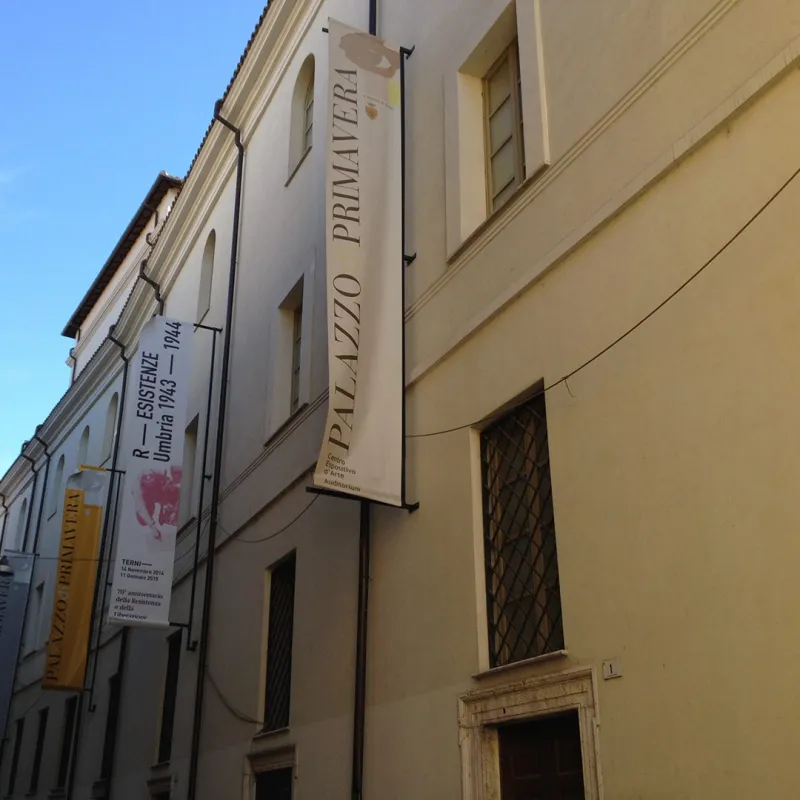
In 1620 it was assigned to the Jesuits, who used the complex as a college and a school. It remained a school for centuries, first with the Jesuits and then as the city’s high school, technical school and evening school.
An event, the opening of the school run by those belonging to the Society of Jesus, fulfilled an old ambition of the city of Terni. More than fifty years earlier, the academic Orazio Nucula from Terni, who lived in Rome, had interpreted it and had the opportunity it seems, to talk about it with the founder of the company, Ignazio di Loyola. However it was necessary to postpone it and wait -replied Loyola- until the Society had a satisfactory number of followers. In 1620, the Jesuits finally agreed thanks also to a reasonable offer made by the Municipality together with the Monte di Pietà and the Confraternity of San Nicandro: three hundred scudi in addition to the wages due to the school teachers, plus the possibility of renting out the rooms of the college, which would have yielded another five hundred scudi. In 1624, therefore, after making the necessary adaptations, the college of Santa Lucia began to function regularly.
Years after the creation of the Kingdom of Italy, the high school and the college were relocated and the building accommodated the Terni Law Courts that remained there from the 1920s for about forty years. Part of the building was instead occupied by the provincial administrative offices that turned it into the "Palazzo della Sanita'" (Public Health Office).
Left in a state of abandonment, during the 1970s and 1980s it was occupied several times by young people who claimed it as a venue for cultural and social purposes, putting up a banner on the facade which summarised all their proposals and hopes and renamed it "Palazzo Primavera". This name was officially assigned to it when, through a recent public and private building project, a part of the premises became the property of the Municipality, which used it as a venue for conferences, meetings and exhibitions.
